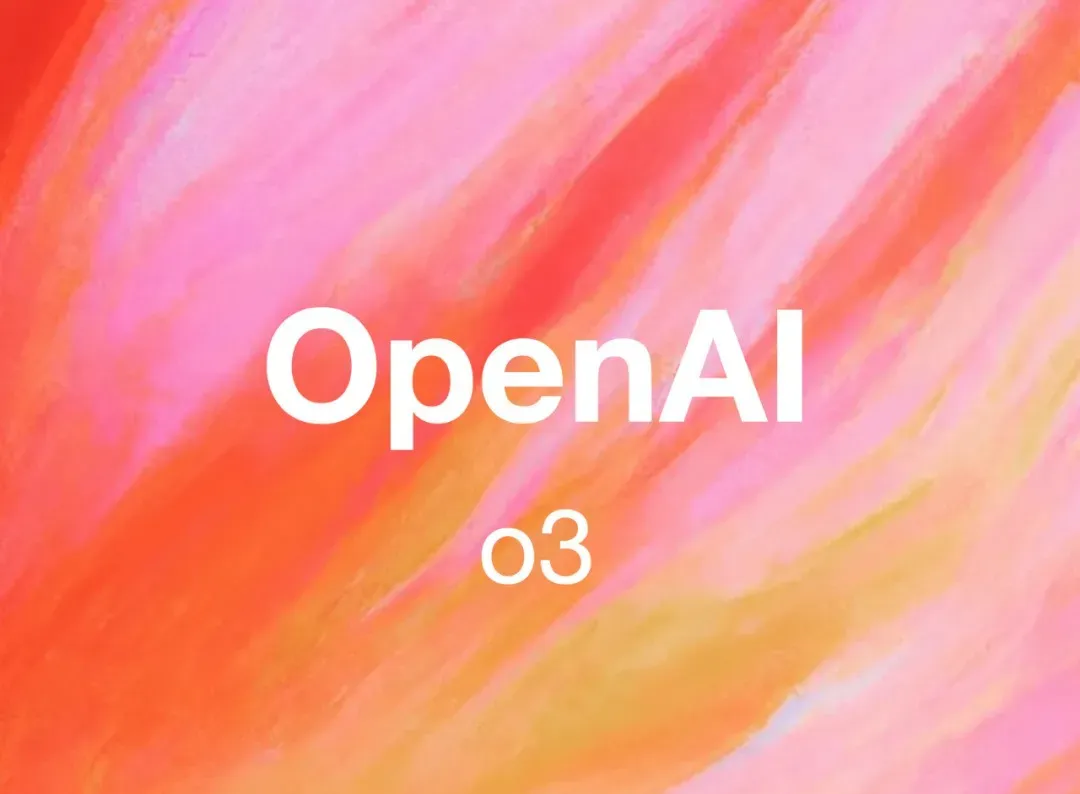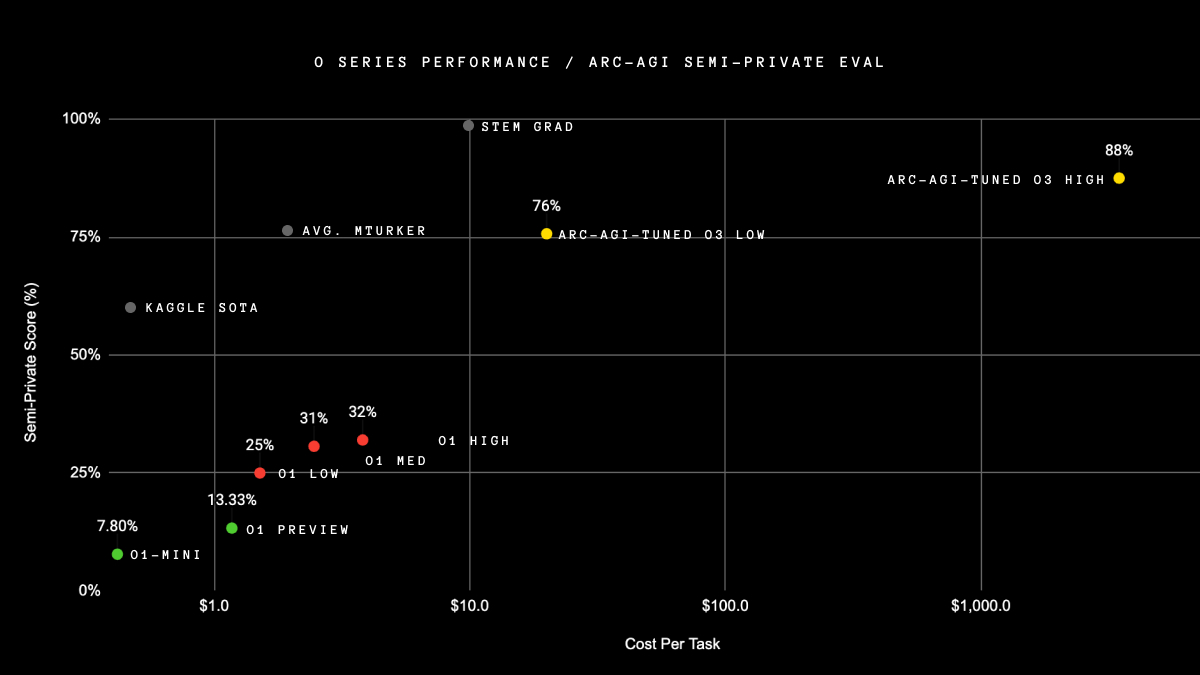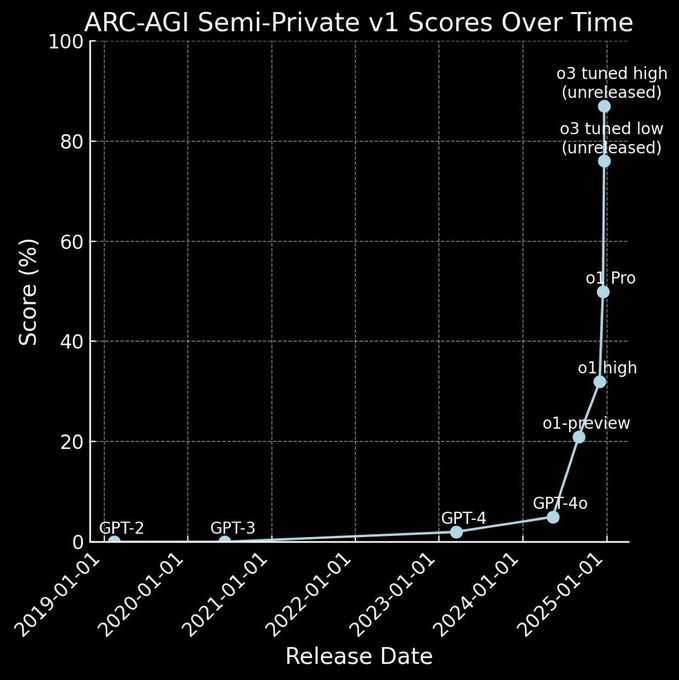GPT o3 vs o1: Decoding OpenAI's Revolutionary Breakthrough
 OpenAI's latest milestone in AI development
OpenAI's latest milestone in AI development
Introduction: The Dawn of GPT o3
In a groundbreaking announcement on December 21, 2024, OpenAI unveiled its latest achievement - the GPT o3 model, marking a pivotal moment in artificial intelligence development. This new iteration represents not just an incremental improvement, but a fundamental shift in how AI processes information and adapts to novel challenges.
Performance Metrics: A Quantum Leap Forward
ARC-AGI Test Results
The most striking testament to GPT o3's capabilities lies in its performance on the ARC-AGI test, widely considered a crucial benchmark for measuring progress toward Artificial General Intelligence (AGI):
- GPT o3: 87.5% (high-compute configuration)
- GPT o1: 25% (previous benchmark)
 Performance comparison between GPT o3 and o1 on ARC-AGI test
Performance comparison between GPT o3 and o1 on ARC-AGI test
ELO Rating System Analysis
In the standardized ELO rating system, GPT o3 has demonstrated unprecedented capabilities:
| Model | ELO Score | |-------|-----------| | GPT o3 | 2,727 | | GPT o1 | 1,891 |
Technical Architecture: The Innovation Behind GPT o3
François Chollet, the creator of Keras and the ARC-AGI test, suggests that GPT o3's success stems from three revolutionary approaches:
-
Natural Language Program Search
- Implementation in token space
- Dynamic solution generation
- Real-time execution capabilities
-
Monte Carlo Tree Search
- AlphaZero-inspired methodology
- Enhanced decision-making processes
- Optimized search patterns
-
Evaluator Model Guidance
- Sophisticated assessment mechanisms
- Refined solution validation
- Adaptive learning protocols
Practical Applications and Capabilities
Programming Proficiency
GPT o3 exhibits remarkable improvements in code generation and comprehension:
- Enhanced syntax understanding
- More accurate bug detection
- Improved code optimization
Reasoning and Problem-Solving
The model demonstrates unprecedented capabilities in:
- Abstract reasoning
- Pattern recognition
- Novel solution generation
Efficiency and Resource Management
Computational Requirements
While GPT o3 shows impressive performance gains, it comes with specific resource considerations:
- Processing cost per task: $17-20 (low-compute mode)
- Human equivalent cost: $5 per task
- Expected cost reduction trajectory
 Cost comparison and projection for GPT o3 operations
Cost comparison and projection for GPT o3 operations
Future Implications and Industry Impact
Path to AGI
Despite its achievements, GPT o3 faces several challenges on the path to true AGI:
-
Current Limitations
- Dependency on natural language instructions
- Limited real-world interaction
- Absence of autonomous learning capabilities
-
Development Roadmap
- Upcoming ARC-AGI-2 test preparations
- Continuous architecture optimization
- Enhanced safety mechanisms
Conclusion: The Future of AI
GPT o3 represents a significant step forward in the evolution of artificial intelligence. While not yet achieving AGI status, its unprecedented performance in the ARC-AGI test and innovative technical approach have established new benchmarks for the industry.
The impressive leap from o1's 25% to o3's 87.5% on the ARC-AGI test suggests we're entering a new era of AI capabilities. However, as François Chollet notes, this progress must be viewed within the context of continuing challenges and the need for further advancement.
For the latest updates on GPT o3 and its development, visit OpenAI's official website or follow their technical blog.